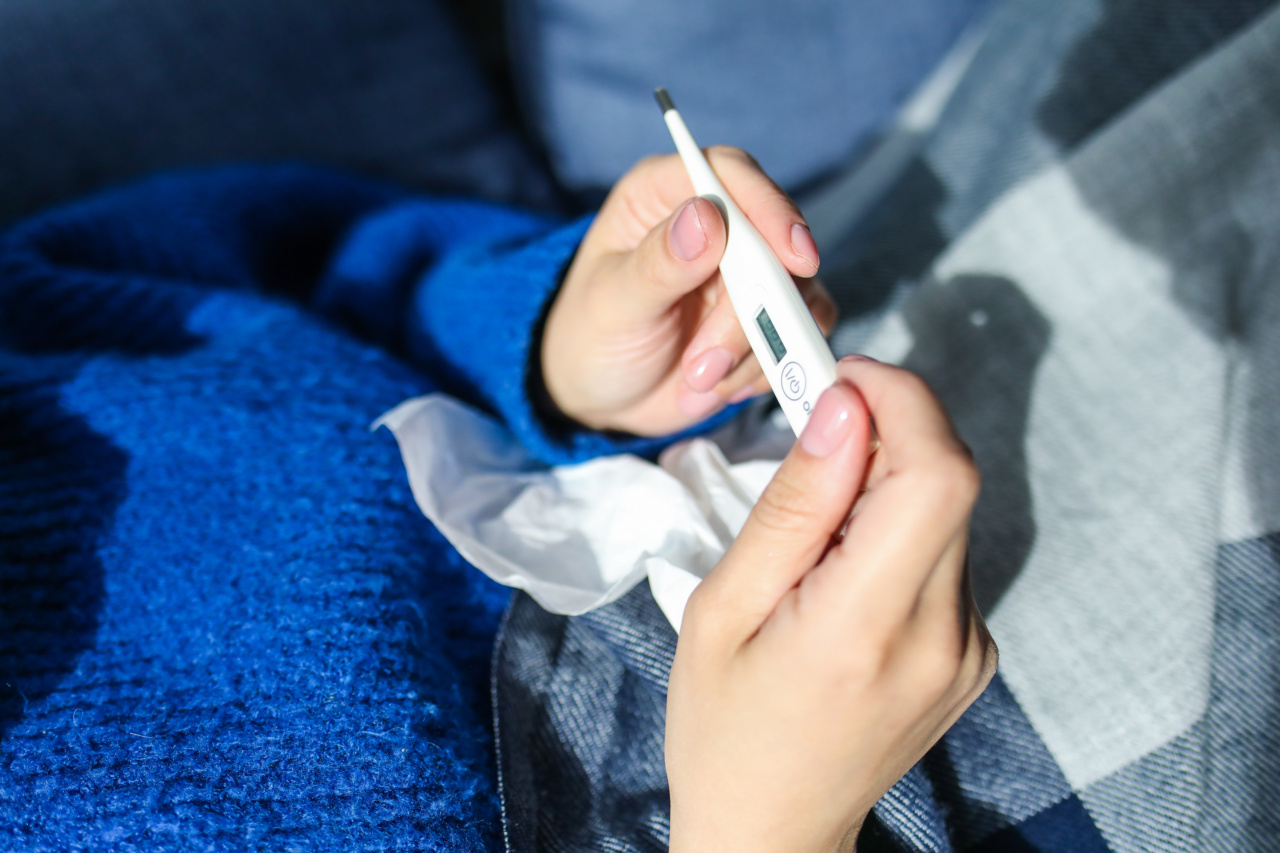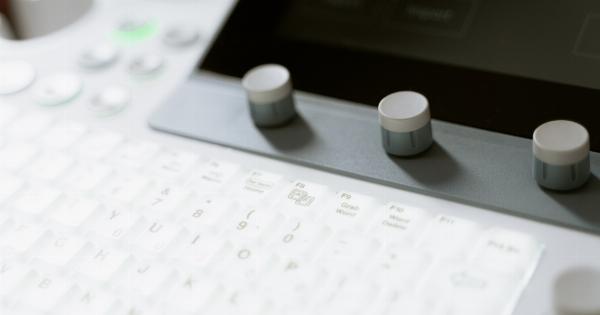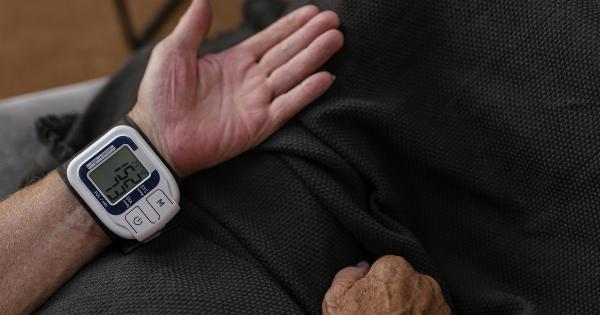A thermometer is a widely used medical instrument to measure body temperature accurately. Proper placement of the thermometer is crucial to ensure precise temperature readings, especially when measuring fever.
This article will guide you on the correct positioning of the thermometer to achieve accurate results and reliable fever detection.
1. Oral Temperature Measurement
The oral method is commonly used to measure body temperature. To place the thermometer correctly:.
a. Keep the mouth closed for at least five minutes before measurement to allow the oral cavity’s temperature to stabilize.
b. Place the thermometer tip under the tongue towards the back, ensuring it is well-positioned beneath the tongue’s surface.
2. Rectal Temperature Measurement
Rectal temperature measurement is often employed for infants, young children, and individuals who cannot cooperate for oral measurements. To achieve accurate readings:.
a. Lubricate the tip of the thermometer to ensure smooth insertion.
b. Gently insert the thermometer into the rectum approximately 1.5 inches while supporting the baby or child securely.
c. Make sure the thermometer tip is positioned towards the anterior rectal wall.
3. Axillary Temperature Measurement
The axillary (underarm) method is another technique used to measure body temperature, especially in infants. Follow these steps to ensure proper placement:.
a. Clean the armpit area and dry it before measurement.
b. Place the tip of the thermometer directly in the center of the armpit and hold the arm tightly against the side of the body.
c. Ensure the thermometer is in full contact with the skin and remains in position for the required time.
4. Ear Temperature Measurement
Infrared ear thermometers are popular for quick and convenient temperature measurements. To accurately measure the temperature using this method:.
a. Gently pull the earlobe upwards and slightly outwards to straighten the ear canal for accurate positioning.
b. Insert the thermometer probe into the ear canal until the ear canal is fully sealed off.
c. Ensure the thermometer fits snugly and remains stable during measurement to obtain reliable results.
5. Forehead Temperature Measurement
The temporal artery thermometers are designed to measure temperature using the forehead’s temporal artery. For accurate results:.
a. Position the thermometer’s probe in the center of the forehead, ensuring it is fully in contact with the skin.
b. Slowly slide the thermometer across the forehead, maintaining contact with the skin, until you reach the hairline.
6. Factors Affecting Accuracy
Several factors can influence the accuracy of temperature measurements. It is essential to be aware of these and take them into account:.
a. External temperature: Extremely cold or hot environments can affect the reading. Avoid measuring the temperature immediately after being exposed to extreme temperatures.
b. Patient activity level: Physical exercise or strenuous activity can impact body temperature. Resting for a few minutes before measurement is advisable.
c. Mouth breathing: Breathing through the mouth can slightly alter oral temperature measurements. Encourage breathing through the nose during measurement for more accurate results.
d. Thermometer placement: Incorrect positioning of the thermometer, such as improper depth or not keeping it in place long enough, may lead to inaccurate readings.
7. Calibration, Maintenance, and Hygiene
To ensure accurate readings, it is crucial to calibrate the thermometer periodically and follow proper maintenance and hygiene practices:.
a. Read the thermometer manufacturer’s instructions for calibration guidelines and frequency.
b. Clean the thermometer before and after each use according to the manufacturer’s recommendations, using designated cleaning materials.
c. Store the thermometer appropriately to prevent damage or contamination.
8. Comparison with Baseline
Knowing an individual’s baseline body temperature can be helpful in determining if there is a fever.
It is important to create a temperature log when someone is healthy to establish their average body temperature range, thus facilitating comparison during times of illness.
9. Seek Medical Advice
If you suspect a fever or are concerned about your health, it is always recommended to seek medical advice. Healthcare professionals can provide a more accurate diagnosis and proper guidance based on your specific condition.
10. Thermometer Usage and Storage
Lastly, it is essential to follow the specific instructions provided by the thermometer manufacturer regarding usage and storage.
Familiarize yourself with the thermometer’s features and limitations to ensure accurate readings and its long-term reliability.






























